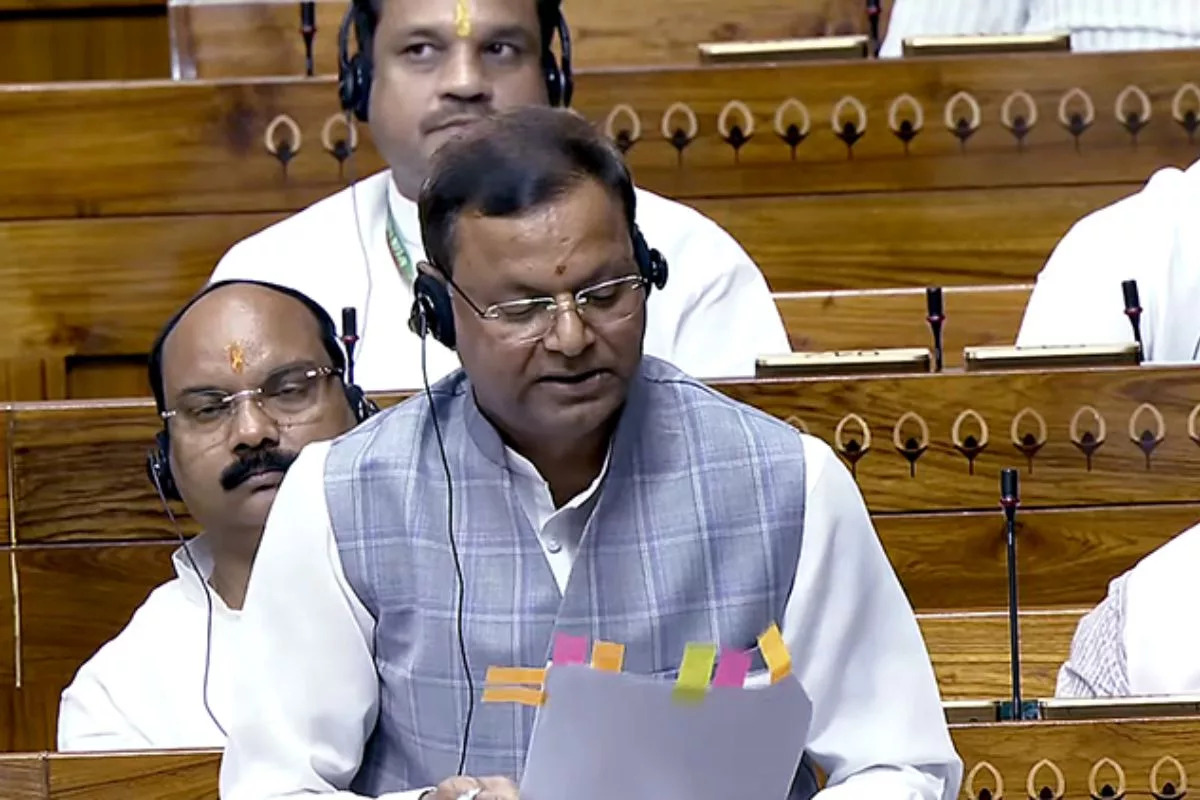From Cash Crunch to Credit Confidence: How Fintechs Are Powering India’s SMEs

For decades, India’s small and medium enterprises (SMEs) have lived with a familiar challenge accessing timely, flexible credit. Traditional bank loans meant mountains of paperwork, opaque processes and weeks of waiting. For many businesses, especially first-time borrowers or those in Tier-2 and Tier-3 cities, this lack of access often meant stalled growth or dependence on informal sources.
But the story is changing. A new era of fintech-led lending is quietly transforming how India’s SMEs fund their ambitions. And the impact is being felt across sectors, cities and supply chains.
Today, digital lending platforms are not just easing credit access they’re redefining it. Faster approvals, smarter underwriting, and seamless digital experiences are making finance more inclusive than ever before. It’s a shift from being underserved to being empowered.
The Growing Demand
SMEs account for over 30% of India’s GDP and support millions of jobs. Yet, formal credit penetration remains staggeringly low. The MSME credit gap in India is estimated at over ₹25 lakh crore. This is not just a financing issue it’s a growth barrier.
Digital lending in India is projected to grow to ₹104 trillion by 2030, with SME lending leading the charge. But this growth isn’t merely about disbursing more loans. It’s about unlocking economic potential. By using AI, automation and real-time data, fintechs are offering credit products tailored to the needs of India’s growth engines its small businesses.
Enabling Credit for India’s Growth Engines
One of the standout players in this evolving space is BillMart. With over ₹2,500 crore in disbursals across more than 24,000 transactions, the platform is fast becoming a preferred lending partner for SMEs and MSMEs. In fact, 40% of its total loan volume has directly benefited small and medium businesses proof of its targeted approach.
What sets BillMart apart is not just scale, but its ecosystem-driven model. By partnering with over 40 lenders and more than 70 corporates, it delivers a broad suite of credit solutions including working capital loans, invoice financing, supply chain finance and trade finance all available through an intuitive digital interface.
The goal is simple: reduce friction, enhance speed and improve access for borrowers who are traditionally left out of the formal lending net.
How AI is Revolutionizing SME Credit
A key differentiator in this transformation is the use of artificial intelligence in credit underwriting. BillMart, for instance, employs AI to assess borrower profiles beyond traditional credit scores. By tapping into GST data, transaction flows and supplier relationships, the platform is able to approve loans faster and more accurately.
This has immense implications for financial inclusion. It enables credible entrepreneurs especially first-generation business owners in smaller towns to access working capital without being penalized for not having a long credit history.
Ashok Mittal, Managing Director and CEO of BillMart, puts it succinctly:
“At BillMart, our aim is to make financial access seamless for businesses. As India’s digital lending ecosystem evolves, we’re proud to offer solutions that are not just fast, but relevant. Our commitment to SMEs and MSMEs remains at the heart of everything we do.”
Corporate-Backed Lending
An emerging trend in the SME credit space is corporate-backed embedded finance. Platforms like BillMart are enabling businesses to secure pre-approved loans through their relationships with large corporates. Known as anchor-led financing, this model helps vendors and distributors access funding based on their existing trade ties.
This isn’t just a win for SMEs. Lenders reduce credit risk, corporates strengthen their supply chains, and the economy benefits from improved cash flow and business continuity. In short, this is finance that meets operational reality.
Why This Matters for India’s Economic Growth
At its core, fintech-led lending is solving more than just a credit access problem. It’s introducing a structural shift in how businesses in India grow and scale. With instant documentation, AI-backed risk assessment and digitally disbursed loans, small businesses now have a reliable pathway to expansion.
And as government initiatives like Account Aggregator, OCEN (Open Credit Enablement Network), and the Emergency Credit Line Guarantee Scheme (ECLGS) become mainstream, the synergy between fintechs and formal lenders will only deepen.
The result? A digitally connected lending ecosystem that supports not only credit access but sustained, inclusive growth.
From Survival to Scale
What we’re witnessing today is not a passing trend it’s a foundational transformation. India’s SMEs are no longer asking if they can get a loan. The question now is how fast, how easy and how relevant that loan will be.
With platforms like BillMart at the forefront, the future of SME finance looks promising. By harnessing AI, deepening partnerships with corporates, and expanding across underserved geographies, digital lenders are laying the groundwork for a more resilient, agile and growth-ready SME sector.
This is more than a fintech success story. It’s about enabling entrepreneurship, boosting employment and powering India’s next phase of economic growth one loan, one business, one breakthrough at a time.











